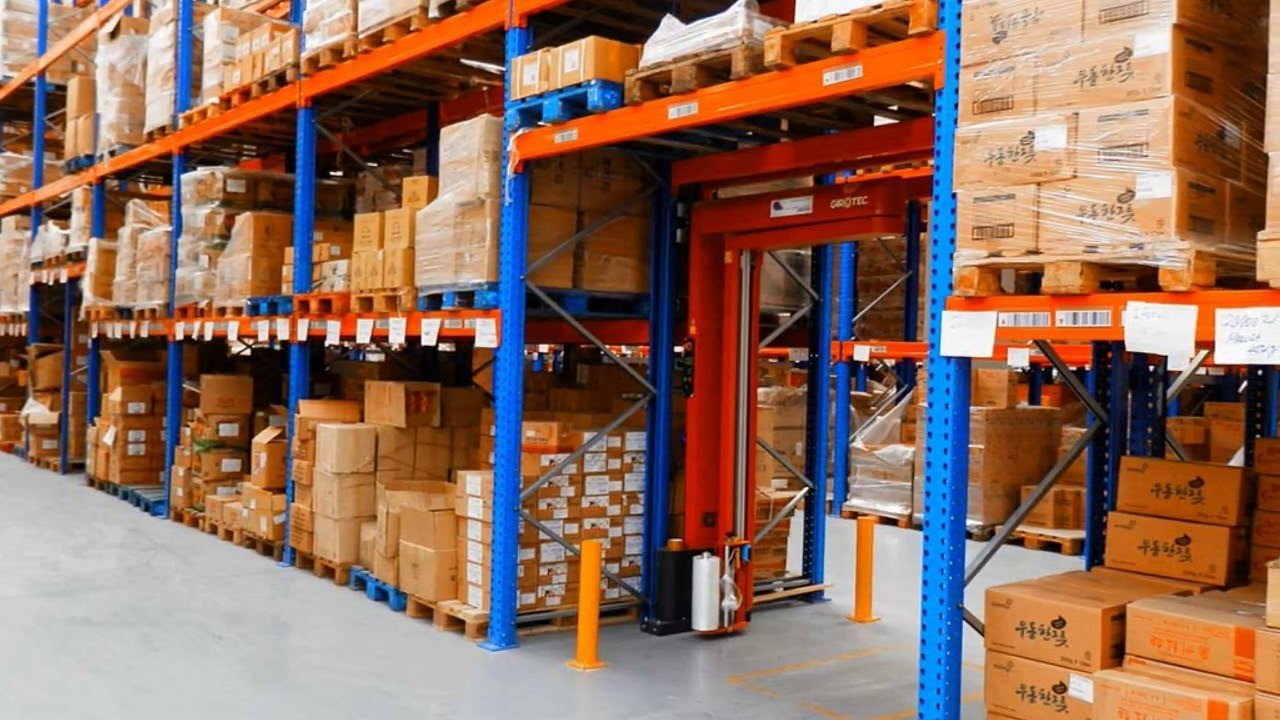The Architecture of Efficiency: Reimagining Space Through Modern Storage Solutions

Finding the perfect storage rack Singapore businesses can rely on represents more than a mere logistical decision—it embodies a fundamental relationship between space, efficiency, and economic vitality. Like cells organising themselves within the confines of biological tissue, the architecture of storage systems reveals a sophisticated language of spatial economics that few pause to consider in their daily operations.
The Evolution of Industrial Storage: From Chaos to Order
The history of storage systems mirrors our own human evolution—a gradual progression from disorganised accumulation towards elegant structural solutions. In Singapore’s compact urban landscape, this evolution has accelerated with particular urgency. The island nation’s limited geographical footprint has necessitated innovation in vertical thinking.
“The modern racking system represents one of the most significant spatial innovations in industrial history, particularly in land-scarce environments like Singapore,” notes a prominent industrial architect who specialises in warehouse optimisation.
The transformation has been profound. Where once goods were stacked haphazardly, creating dangerous conditions and inefficient retrieval systems, modern racking Singapore solutions offer a sophisticated matrix of accessibility, safety, and space maximisation. These are not mere shelves but complex spatial algorithms made physical.
The Biological Imperative of Organised Storage
What fascinates me about industrial storage systems is how closely they mirror biological organisational principles. Consider the following parallels:
- Cellular Compartmentalisation: Just as cells use membrane-bound organelles to separate functions, modern storage systems use specialised zones for different types of inventory
- Structural Hierarchy: From selective pallet racking to drive-in systems, storage solutions create hierarchies of access—prioritising frequently needed items while efficiently storing long-term inventory
- Adaptive Response: The best systems allow for reconfiguration as needs change, much like biological systems adapt to environmental pressures
- Energy Efficiency: Well-designed storage systems minimise movement and effort, conserving the organisational equivalent of cellular energy
“In Singapore’s industrial ecosystem, efficient racking isn’t merely about storage—it’s about creating breathing room for a business to evolve and respond to market conditions with agility,” explains a warehouse management consultant with two decades of experience in the region.
The Science of Spatial Economics
The mathematics of storage efficiency reveals surprising complexity. A properly designed racking Singapore system can increase storage capacity by 40-60% compared to floor stacking, while simultaneously improving inventory tracking and reducing product damage. This represents not merely a quantitative improvement but a qualitative transformation of the business organism.
What factors determine the optimal configuration? Consider these critical variables:
- Building dimensions and structural limitations
- Weight and dimensions of stored items
- Frequency of access requirements
- Inventory turnover patterns
- Safety regulations and compliance requirements
- Equipment constraints (forklift reach, aisle width requirements)
- Ambient conditions (temperature, humidity, dust levels)
- Future growth projections and scalability needs
The selection process requires both analytical precision and intuitive understanding of operational patterns—a blend of science and art that defines truly excellent industrial design. Much like an oncologist must consider both cellular pathology and the patient’s overall constitution, the storage architect must balance structural mechanics with the organic flow of business operations.
The Psychology of Organised Space
There exists, beyond the purely functional aspects of storage systems, a psychological dimension that warrants consideration. Workers in well-organised environments report higher satisfaction, reduced stress, and improved productivity. The human mind, it seems, responds to spatial order with cognitive clarity.
“The transformation I’ve witnessed in warehouse staff after implementing proper racking solutions is remarkable—there’s a measurable reduction in errors and a noticeable improvement in morale,” observes a logistics manager who oversaw a complete storage redesign for a major distribution centre in Singapore.
This psychological effect extends beyond the warehouse floor. When clients and stakeholders visit facilities with elegant, efficient storage solutions, their perception of the organisation itself undergoes a subtle but significant shift. Order in physical space translates to perceived competence and reliability.
The concept mirrors what neurobiologists call “environmental embodiment”—the theory that our surroundings become extensions of our cognitive apparatus. A meticulously arranged storage system functions as an external memory device, reducing cognitive load and freeing mental resources for higher-order thinking. In this sense, the humble rack becomes not merely a physical scaffold for goods, but a cognitive scaffold for human thought and action.
The Future of Industrial Storage
As we look toward tomorrow, several trends emerge on the horizon:
- Automation Integration: Smart racking systems that communicate with automated retrieval systems
- Vertical Innovation: Ever-higher storage configurations that maximise Singapore’s limited industrial real estate
- Sustainable Materials: Eco-friendly racking options that reduce environmental impact
- Data-Driven Optimisation: Using analytics to continuously refine storage configuration based on actual usage patterns
“The next generation of storage systems will be responsive, almost sentient in their ability to adapt to changing inventory needs,” predicts a technology consultant specialising in warehouse automation.
Conclusion: The Hidden Infrastructure of Commerce
We rarely contemplate the sophisticated systems that underpin our commercial existence. Like the silent, efficient organelles within our cells, the humble rack fades into the background of our awareness. Yet upon closer examination, we discover within these structures a profound expression of human ingenuity—our ability to impose order upon chaos, to maximise limited resources, and to create systems that amplify our productive capacity.
For businesses navigating Singapore’s competitive landscape, the strategic implementation of storage solutions represents not merely a logistical decision but a fundamental expression of organisational philosophy. The thoughtful selection of an appropriate industrial rack Singapore solution may well be among the most consequential decisions a growing enterprise can make.







